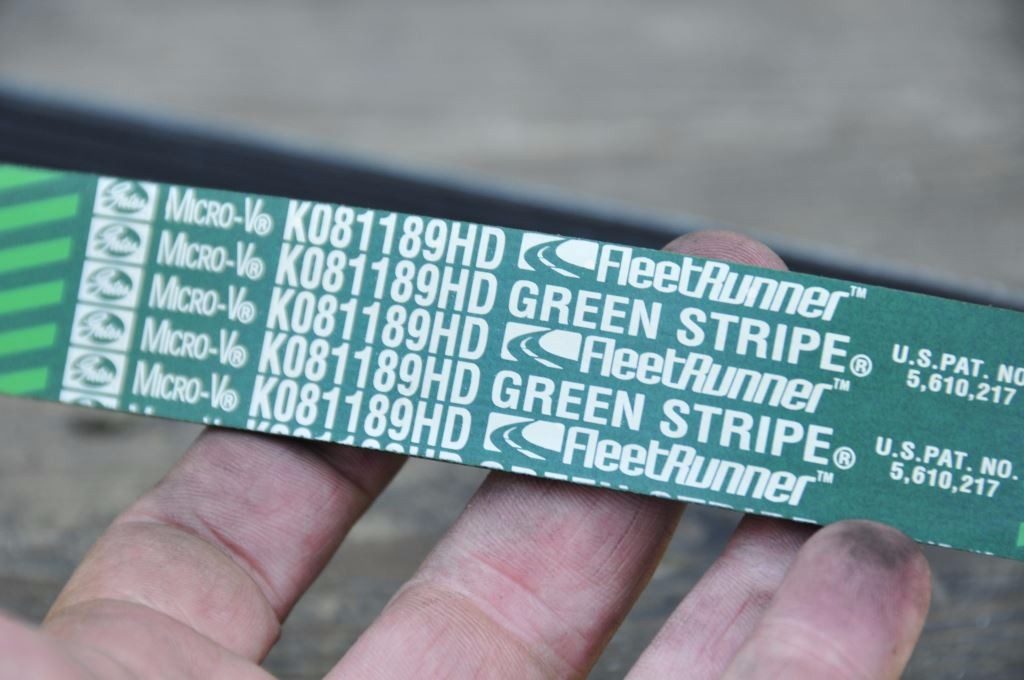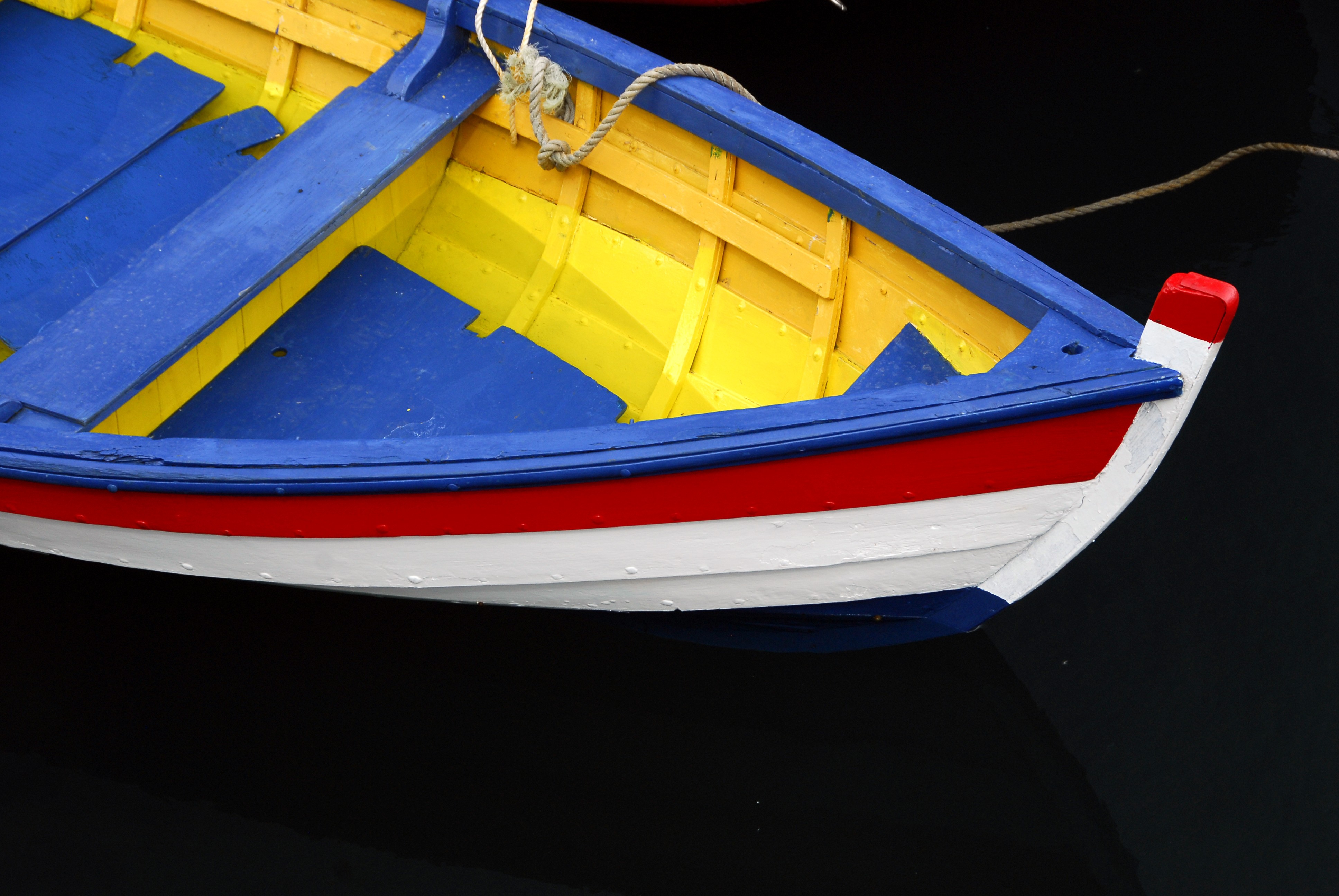Text and photos copyright © SDMC, Inc. 2016
Ask Steve: June 2016
Steve,
Thanks for the fire extinguisher comments. Safety is a passion of mine and 18 months ago we trained all of our office employees on the proper use of fire extinguishers. We started a small fire, using oil and carpeting rags and everyone took a turn putting the fire out. I had my wife come to the training (she may save my life or my boat!) and urged others to bring their spouse. We went through a lot of rechargeable extinguishers that morning but …… a valuable training period. You not only need to have the right equipment, you need to be able to find it and use it effectively when lives and property depend on it. GOOD ARTICLE!
Regards,
Paul Bratney
Paul:
Thanks for sharing these thoughts, and I couldn’t agree more. I’ve participated in some of these fire extinguisher training sessions as well, and they are invaluable, it’s harder than one thinks.
Dear Steve,
I very much enjoyed and benefited from your article on making wire terminal connections. In referring to double crimping ratchet tools you provided all the ingredients, but for those of us still able to take “2 plus 2” and come up with 5, I want to point out that these tools must have the terminal inserted one way and one way only.
As I have come to understand it, there are 2 dies (ergo the double crimp), the narrower (tighter crimp) for the metal to wire connection while the other die crimps the wire insulation for strain relief. Inserting the terminal the other direction ensures the crimp to the wire will be insufficiently compressed, even though it may look good and tolerate a bit of a “tug” test.
I use an Ancor double crimp ratchet tool which has given me good service. It did however, come with no directions, so it took a while to learn its correct use*.
Your regular articles are a great service for a multitude of reasons, but particularly to remind us cruisers, that the tasks we undertake as amateurs either as hobbies: to save money or because we are far from help, may look straightforward, but that the devil (and safety) is often in the details.
My best,
Dick Stevenson
*I am unsure at this late date whether this was the fault of the vender or the manufacturer.
Dick:
A very good point indeed, using tools of this sort isn’t always an intuitive process. Thanks for the clarification.
G’day Steve,
In the last issue of Passage Maker, I recalled reading a question and your response concerning alternators. Unfortunately, I can’t find my copy to give you the specifics, but the essential stuff is this.
The writer wrote that he had a Delco 24 SI installed on his Cummins engine. He installed a Balmar MC 614 regulator, which didn’t solve his problem.
I have I have a pair of Electro-Maax 180 A units, each with a MC614 regulator, and a center fielder, installed on Yanmar 4JH4E engines. To keep them from overheating, I had to de-rate them using the belt load manager function in the MC-614. In addition I replaced the stock Yanmar belt guards with ones made out of expanded metal to improve the air flow around the engines.
The Delco Remy 24 SI has an internal regulator, with no provision for using an external alternator. Thus, I would like to know how this was done. I would love to replace the Electro-Maax 180 A units with a pair of Delco Remy 24 SI alternators. But, I also want to keep my smart regulators.
Any help will be appreciated.
John Reynolds
John:
Virtually any alternator can be externally regulated. Some alternators use semi-exposed, bolt on regulators. When removed, the wiring that attaches them to the alternator is accessed, and connected to an external regulator. In other cases, an alternator can be opened by an alternator shop technician, or a savvy do it yourselfer, to access the field wiring. Ideally, the wiring is brought outside the alternator using a stud or bushing.
However, the real issue is your overheating Electro-Maxx alternators. Rather than switching to stock, non-heavy duty alternator, you should instead identify the source of the overheating. These proprietary, heavy duty, high output alternators shouldn’t overheat under normal operating conditions, even when charging a large battery banks as that’s what they are designed to do. The fact that you have two of them and both are overheating makes me even more suspicious, you should have more than enough capacity to keep them from being over-loaded, and you’ve de-rated them.
Before deep-sixing these work horses, check the installation to make sure they are equipped with the correct fans (there are bi-directional, straight fin, and mono-directional, slanted fin, fans, if the latter, and the incorrect rotation, they can lead to overheating). Most engines are counterclockwise rotation (when viewed from the flywheel end), which means the pulleys on the front turn clockwise, as do the alternator fans. If the fans are the mono-directional, slanted variety the fans should be turning with the scoop side away from the direction of rotation. Counterclockwise alternator fans are rare, they are designed for clockwise rotation gasoline engines, however, there are thousands of them out there, so this is a possibility that should be eliminated. Fans should draw air through the center of the alternator and expel it out the front. If the belt guard is too restrictive, I’ve modified some to improve this scenario, it too can upset the airflow. Glazed, slipping belts can also lead to alternator overheating.
Heavy duty alternator cases are designed to operate at temperatures as high as about 180°F and the actual stator as high as 250°F.
Steve,
I’m struggling to solve an engine/shaft alignment problem that goes back to 2007 when I had my 40’ Willard trawler repowered with a new Lehman (American Diesel 6N140). The problem stems from the fact that the oil pan on the newer Lehman is larger than the 120hp model it replaced. Presently, the aft end of the pan is actually touching the concrete ballast below the engine. When attempting to align the engine/shaft, mechanics can adjust the mounts upward but not downward. I want to raise the engine enough to clear the ballast but this will put the alignment out about 1 degree. Can you recommend a solution? Possibly a flexible shaft coupling or CV joint capable of caring axial loads? I’ve investigated the Aquadrive but hope to find a simpler and less costly fix.
Any ideas?
Richard Soto
Richard:
You have a challenging conundrum to be sure. One degree of misalignment is significant in the world of shafts and couplings, it’s far too much. The scenario begs the question, did the installers not calculate this requirement before you purchased the engine?
For a variety of reasons I’m no fan of flexible couplings. Among other things I believe they promote sloppy alignment practice on the part of installers and, because they are flexible, it’s difficult if not impossible to effect a true, proper alignment, as the shaft coupling face is not fixed to the shaft. Furthermore, if their range is exceeded, they over extend their flexible sections, which in turn overheat and fail, sometimes catastrophically. If, however, you are unable or unwilling to incur the effort and expense of lowering the engine, or if it’s simply impossible, then you can try a flexible coupling, both PYI and Vetus offer models you might consider.
Photo Essay: The Mother of All Serpentine Belts

In a recent project on which I worked, a client requested a system that required exceptionally high alternator power, so he could operate an air-conditioning system via an inverter while underway. While such a notion would have been unheard of just a few years ago, today large, stacked inverters capable of producing 10 or more kilowatts are becoming common place. The capabilities of these inverters are impressive, in addition to air conditioners they are capable of supporting most household appliances, including washers and dryers and even inductive cook tops.
There is, however, a price to be paid for this seemingly limitless supply of power; the necessary alternator output begins to push the limits of existing pulley and belt drive technology. A 190 amp (5300 watts) alternator requires, at full load, about 7hp driving it, via the belt. In the aforementioned example, two such alternators are installed, operating from a single serpentine belt, drawing 14 hp, in addition to other belt-driven loads, including raw water and circulator pumps. In order for this to work reliably alternator pulleys must be in perfect alignment with crank shaft, idler and self-tensioning devices, and belts must be of the very highest quality.
Several years ago, when I first began designing and installing high output charging systems, I became aware of Gates Fleet Runner Green Stripe belts. Originally introduced in the V belt design, they are now also offered for micro-v or serpentine belts. Initially designed for critical applications, with extreme power needs such as fire engines and ambulances, Fleet Runner belts are ideally suited for marine high output alternator applications. Their advanced EPDM compound design is extremely tough, and resistant to both high and low temperature as well as exposure to ozone (which is produced by alternators).
Inspect your belts regularly, particularly those used for modified, after-market high output charging systems. Excessive dust production is often a sign of misalignment, while flaking is an indication of belt over-loading. Slipping, under-tensioned belts (these often, but not always, emit a high-pitched squeal), lead to belt and pulley glazing, pulley overheating and ultimately destruction of an alternator’s magnetic field.



